DIY electroplating [tutorial]
As I’m exploring on mirror hack, I encountered a simple DIY way to coat metal using a process called Electroplating. There are tons of tutorial on the internet but still as I tried it myself, I decided to do a simple tutorial on electroplating. I created the same tutorial in Indonesian language in lifepatch site here.
So what is electroplating? According to wiki, Electroplating is a process that uses electrical current to reduce dissolved metal cations so that they form a coherent metal coating on an electrode. To put it in simpler words, electroplating is a process of transferring metal of medium positive (anode) to the negative medium (Cathode) by using an electric current. Electroplating is very useful for surface coating of metal materials with other metals.
Materials and Devices
The following materials and tools necessary to perform a simple electroplating:
Plastic container
- 2 alligator clips
- Water taste
- Soap
- CuSO4 (cupric sulfate) – can be obtained in the chemical store
- Power Supply – a variety of batteries or battery. Voltage power supply affects the speed electroplating process
- Metal that you wanted to coat – this tutorial uses bromine
- Metal coatings – this tutorial uses copper
How to
Here’s how to do simple electroplating
Preparing the solution
- Prepare a warm water (about 60-80 ° C) in a plastic container
- Put the crystal CuSO4 (cupric sulfate) into the warm water, stir using wooden stirrer until the water turns blue. Cupric Crystals do not require mixing volume and weight accuracy, please use CuSO4 sufficiently to blue water.
Preparing the metal
- Clean the metal surface coatings and metal coated with water with soap / alcohol.
- Make sure the metal to be used dry and clean.
- Connect the coating metal (copper) to the positive pole (anode – red) power supply and the metal to be coated (bromine) to the negative pole (cathode – black) using the alligator clip. then dip it into a solution of the two metals CuSO4. Avoid direct contact between the metal and watch an alligator clip that is not immersed into the solution. Wait for some time, according to the desired coating thickness.
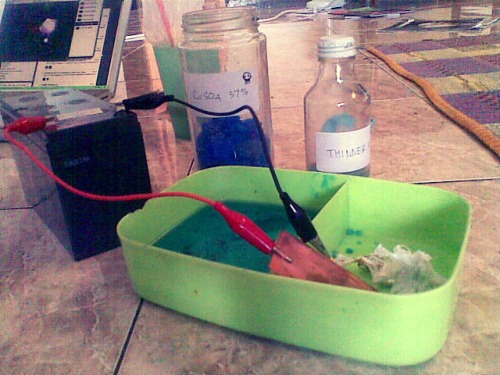

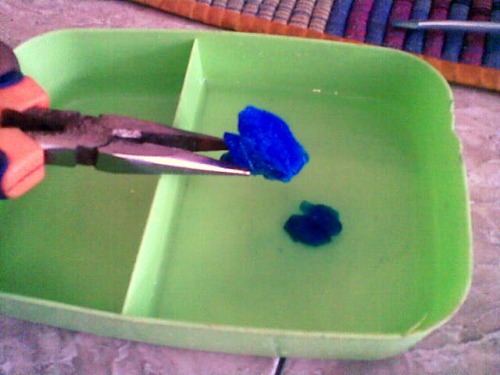
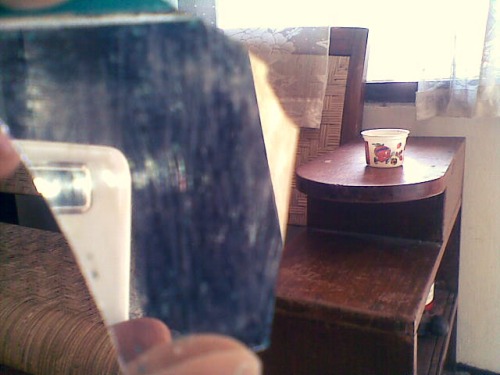
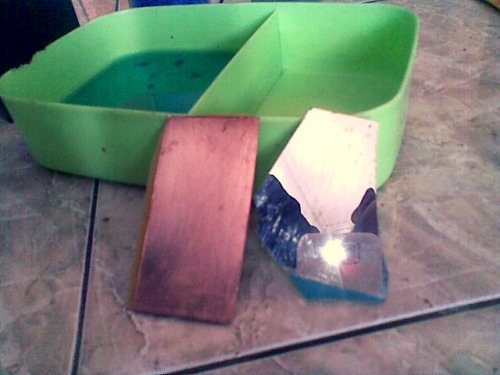
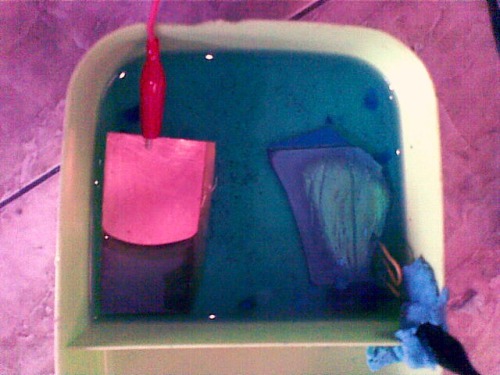

Nenhum comentário:
Postar um comentário